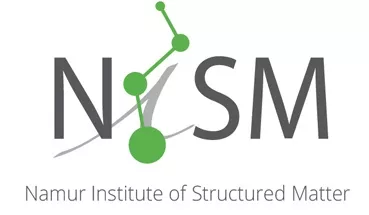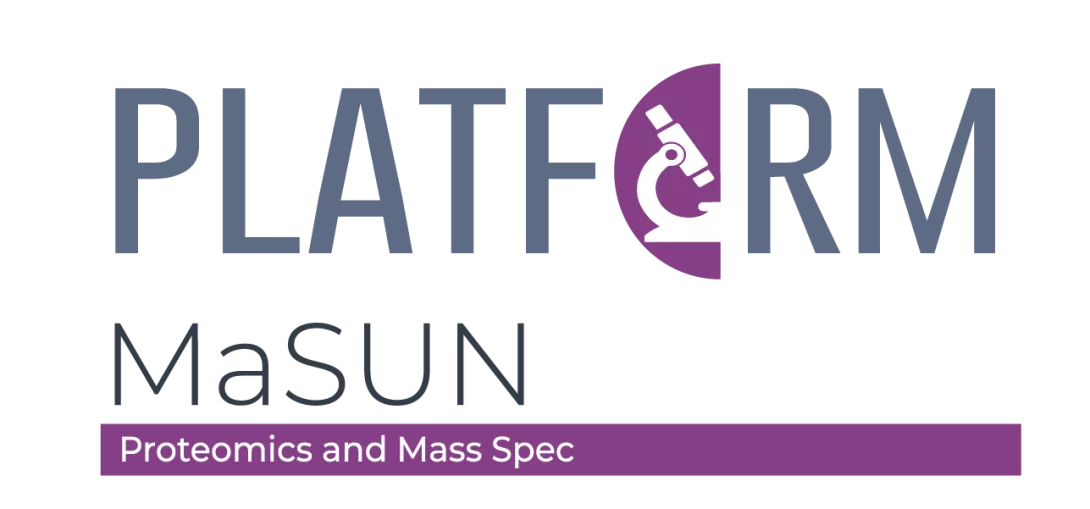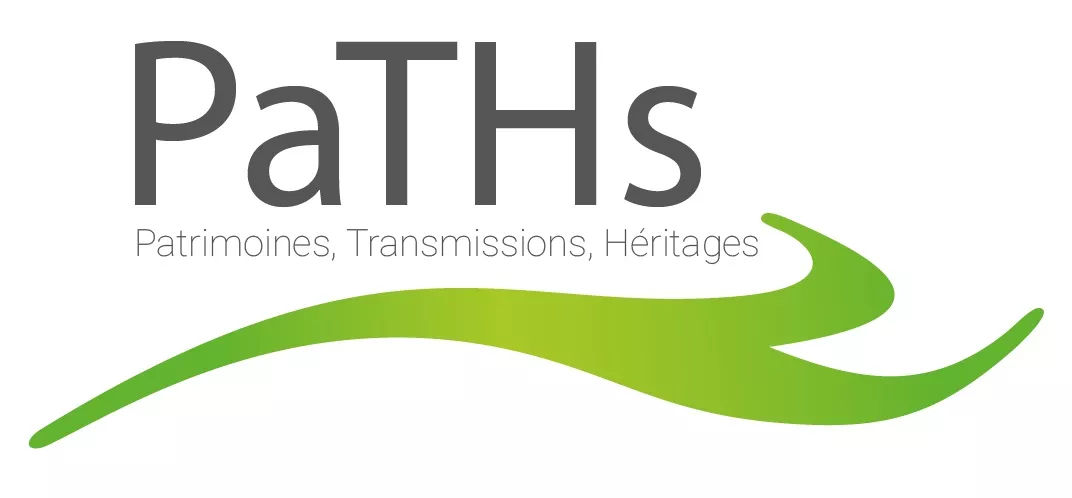The Moretus Plantin University Library (BUMP) is fortunate to have its own restoration workshop, which allows for optimal conservation of the works and makes them available to scientists and the public in good conditions. "In restoration, we generally have to note deterioration without knowing its origins. However, understanding the secular movement of a binding would allow us to adapt our interventions so that they are as appropriate as possible to this evolution", explains Catherine Charles, restorer in charge of the BUMP workshop.
The new project, financed by the Professor Jean-Jacques Comhaire Fund, which supports research in the field of archaeometry, aims to provide answers to the questions conservators have about the soft parchment bindings produced in our regions in the Modern Period. "The BUMP holds a representative corpus of these bindings, and in particular bindings covering volumes that have in common the fact that they were printed in Antwerp, by Plantin-Moretus, in the 16th and 17th centuries," says Catherine Charles. "In this coherent set of more than 200 books, there are many cases where a similar deterioration is noted: an increasingly pronounced curvature of the spine, which cracks the spine and makes the book block stand out. The research project is an opportunity to understand the material construction of these books and to make the link or not with their progressive deterioration.
The Comhaire Fund has made it possible for Ana Oñate Muños, a research assistant who graduated from La Cambre in 2021 in the field of antiquarian book restoration, to work alongside Catherine Charles. Together they intend to gain a scientific understanding of the reasons for the deterioration of this heritage almost four centuries after its production. The project will be carried out in different stages. "Ana is currently drawing up an inventory of the copies concerned and a list of their material characteristics and their deterioration," continues Catherine Charles. "Next, the animal species of the parchment will be identified using a non-invasive bioarchaeological method.

The research will be able to rely on the expertise developed at UNamur within the framework of the Pergamenum21 project, led by Professor Olivier Deparis (Department of Physics, NISM Institute), which focused on the analysis of medieval parchments from the Abbey of Orval.

The origin of the parchment will be determined with the help of Marc Dieu, manager of the MaSUN mass spectrometry platform at UNamur. It has been observed that the parchments in the bindings shrink over time. Is this accentuated by the animal origin, calf, goat, sheep?

The volumes will then be taken to the CHU UCL Namur, where they will be X-rayed - once again a non-invasive technique - with the help of Jean-François Nisolle, professor at the Faculty of Medicine of the UNamur (PaTHs Institute) and head of clinic at the CHU.
"We will then compare the data from the visual study of the structure of the binding with bioarchaeological and imaging analyses in order to confirm or not our hypotheses," concludes Catherine Charles.
The results of the project could then lead to the implementation of restoration practices better adapted to this heritage. The knowledge acquired during the project will also be used to improve so-called 'conservation' bindings, by identifying more closely the factors that influence the long-term preservation of ancient works.